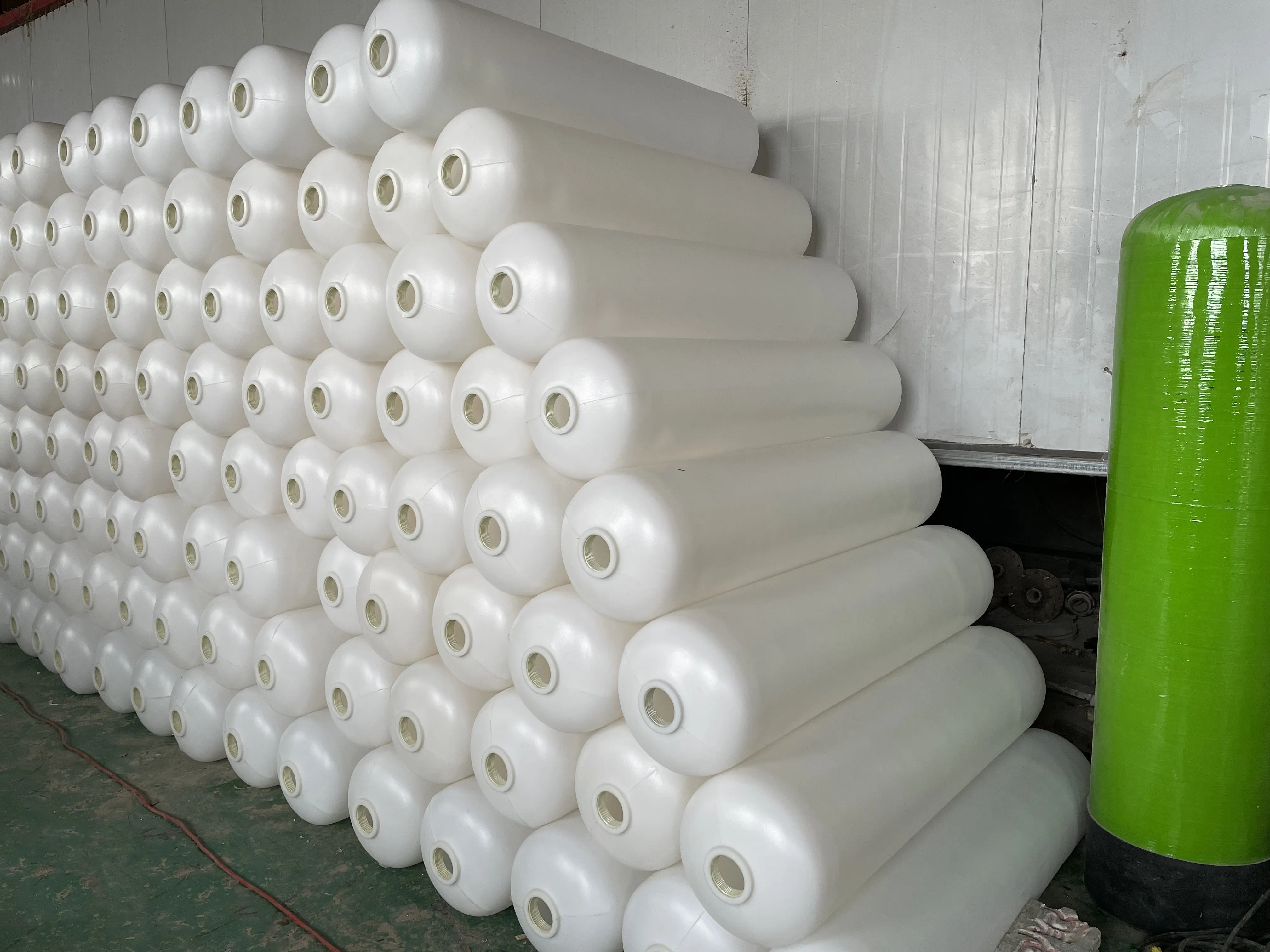loading...
- No. 9, Xingyuan South Street, Dongwaihuan Road, Zaoqiang County, Hengshui, Hebei, China
- admin@zjcomposites.com
- +86 15097380338
- Welcome to visit our website!
Exploring the Uses and Benefits of FRP in Modern Construction Techniques
Understanding FRP and Its Applications in Modern Technology
Fiberglass Reinforced Plastic (FRP) is a composite material consisting of a polymer matrix reinforced with fibers. The most common type of fiber used in FRP is glass fiber, which provides strength and lightness, making it an ideal choice for a variety of applications. In recent years, FRP has gained significant attention across multiple sectors, including construction, automotive, aerospace, and marine industries, thanks to its unique properties and versatility.
One of the primary advantages of FRP is its exceptional strength-to-weight ratio. Compared to traditional materials like steel or aluminum, FRP is significantly lighter, allowing for easier handling and reduced transportation costs. This property is particularly beneficial in industries where weight savings can lead to enhanced performance. For instance, in the automotive sector, the use of FRP components can improve fuel efficiency by reducing the overall weight of vehicles.
.
The versatility of FRP also allows for intricate designs and customization. Manufacturers can easily mold FRP into complex shapes, which is ideal for creating components with specific design requirements. This capability is particularly advantageous in the construction industry, where FRP is increasingly used for architectural elements, bridges, and strengthening existing structures. The ability to customize FRP components means that they can be designed to meet the exact specifications of a project, ensuring both functionality and aesthetic appeal.
frp post

Sustainability is becoming an essential consideration in today’s manufacturing processes, and FRP materials can contribute to greener practices. Although traditional plastics have faced scrutiny due to their environmental impact, the durability and longevity of FRP reduce the need for frequent replacements. Additionally, advancements in recycling technologies are enabling the development of recyclable FRP materials, further promoting sustainability in various industries.
Despite its advantages, it is essential to acknowledge some challenges associated with FRP. One of the significant issues is the initial cost, as FRP manufacturing can be more expensive compared to conventional materials. This cost can be a barrier for small manufacturers or projects with tight budgets. However, as technology progresses and the demand for FRP products increases, costs are expected to decrease, making it a more accessible option.
Moreover, the testing and certification of FRP materials for specific applications often require rigorous standards, which can lead to longer development times. Industries must conduct comprehensive assessments to ensure that FRP products meet safety and performance standards.
In conclusion, FRP presents a remarkable solution to many challenges faced by various industries today. Its unique properties—such as strength, lightweight nature, corrosion resistance, and design flexibility—make it a valuable material in modern manufacturing. While there are hurdles to overcome, ongoing research and technological advancements are expected to pave the way for even broader applications of FRP. As awareness of its benefits grows, FRP is likely to play an increasingly important role in building a more innovative and sustainable future in engineering and construction.
-
GRP Structures: The Future of Lightweight, High-Performance EngineeringNewsJun.20,2025
-
FRP Water Tank: High-Performance Storage for Corrosive and Clean Water SystemsNewsJun.20,2025
-
FRP Square Tube: The New Industry Standard for Chemical and Structural ApplicationsNewsJun.20,2025
-
FRP Pultruded Profiles: The Ultimate Choice for Lightweight Structural StrengthNewsJun.20,2025
-
FRP Handrails: The Safer, Smarter, and Stronger Choice for Modern InfrastructureNewsJun.20,2025
-
FRP Grating: The Smart Solution for Durable, Lightweight Industrial FlooringNewsJun.20,2025
-
Why Choose a Galvanized Water Tank for Your Storage NeedsNewsMay.21,2025
